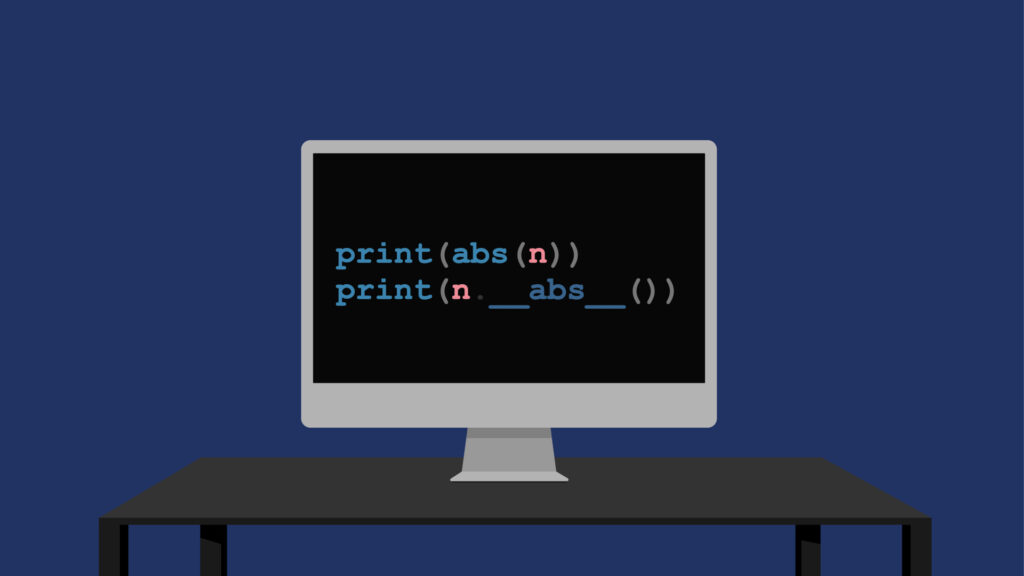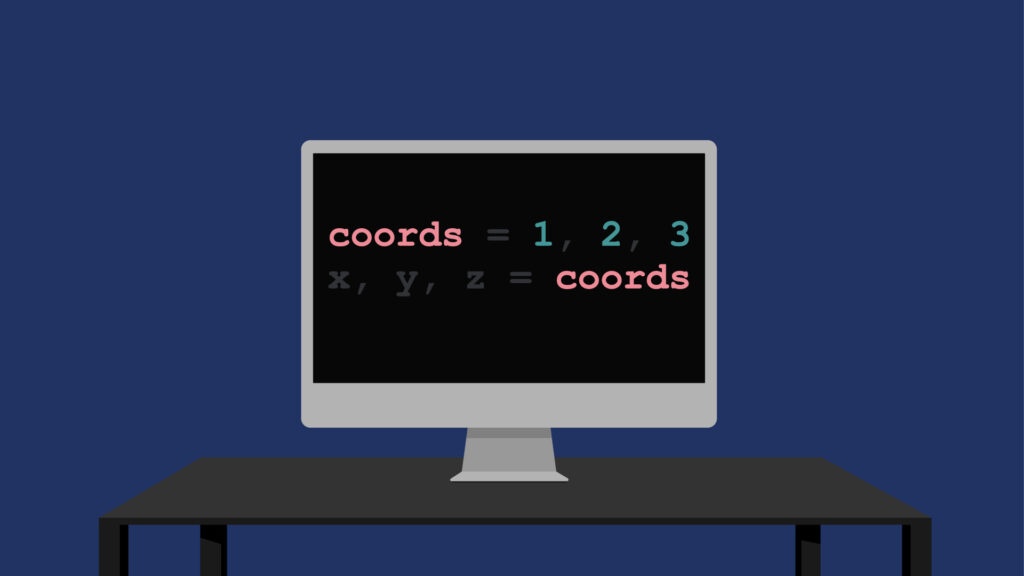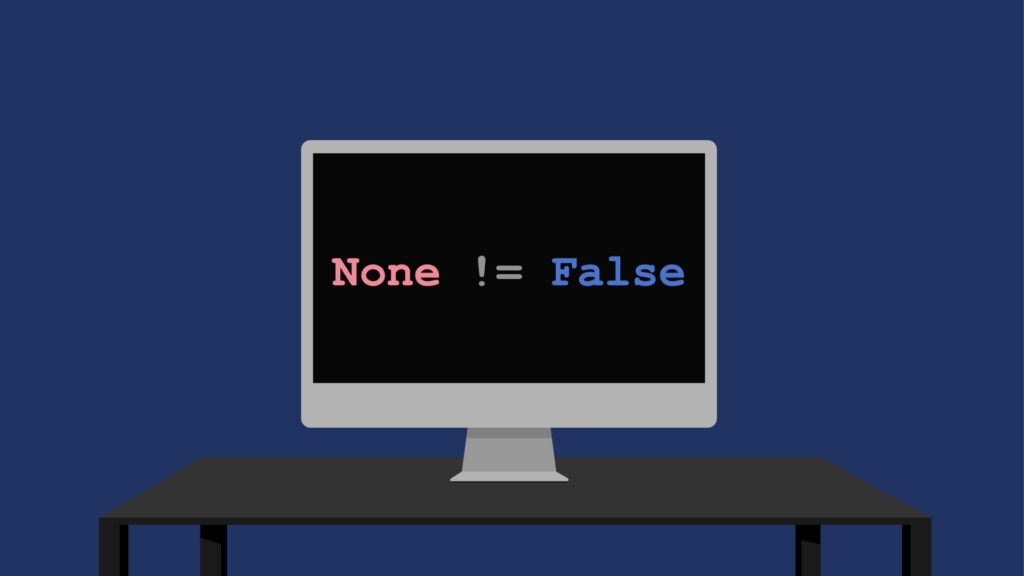Python __abs__() Method
The __abs__() method in Python specifies what happens when you call the built-in abs() function on an object. For example, let’s call abs() on a negative number: Output: The result is the absolute value of the negative number, that is, the distance from 0. The important part here is to understand that calling abs(n) is […]
Python __abs__() Method Read More »









